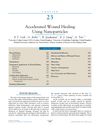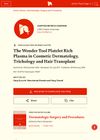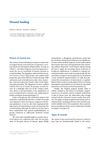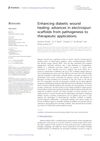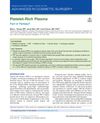Wound Healing Mechanisms
October 1982
in “
American Journal of Nursing
”
wound healing platelet aggregation clotting inflammation fibroblast proliferation collagen synthesis epithelial cell migration epithelial cell division epithelial cell differentiation wound contraction scarring scar remodeling platelets leukocytes macrophages epidermal healing dermal repair vascularization fibroblast activity collagen maturation gene transcription post-translational modifications wound strength scar tissue formation
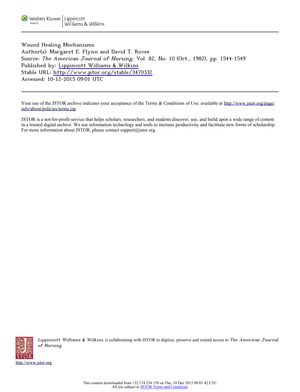
TLDR Wound healing is a complex process involving different cells and stages, leading to scar tissue formation and strength increase over time.
In 1982, Flynn and Rovee outlined the complex biological processes involved in wound healing, emphasizing a shift towards a more active approach in wound management. They described the healing process as a series of events: platelet aggregation, clotting, inflammation, fibroblast proliferation, collagen synthesis, epithelial cell migration, division, differentiation, contraction, scarring, and scar remodeling. The document detailed the roles of platelets, leukocytes, and macrophages in these processes. It also explained the three phases of epidermal healing—migration, proliferation, and differentiation—highlighting that while the epidermis can regenerate, specialized structures like hair follicles and sweat glands cannot if destroyed. Dermal repair was discussed, focusing on vascularization, fibroblast activity, and collagen synthesis, which leads to scar tissue formation. The importance of macrophages in stimulating these processes was noted, as well as the gene transcription and post-translational modifications involved in collagen synthesis. The document also mentioned that wound strength increases over 3 to 6 months due to collagen maturation and remodeling, and that wound contraction is minimized when edges are well approximated, although abnormal healing can lead to excess scar tissue formation.


